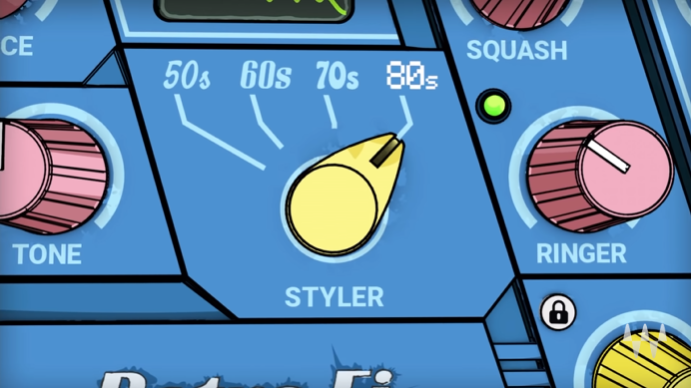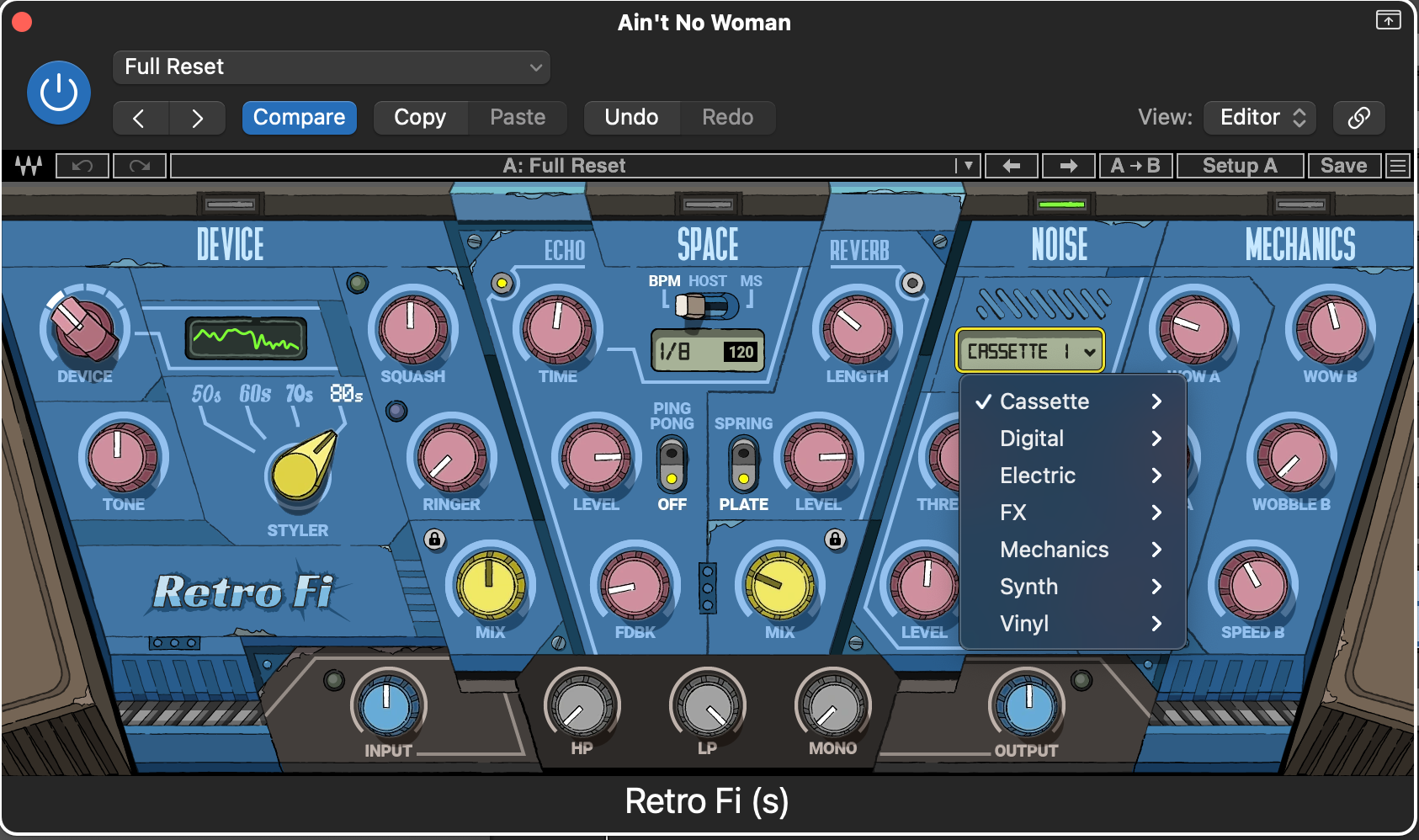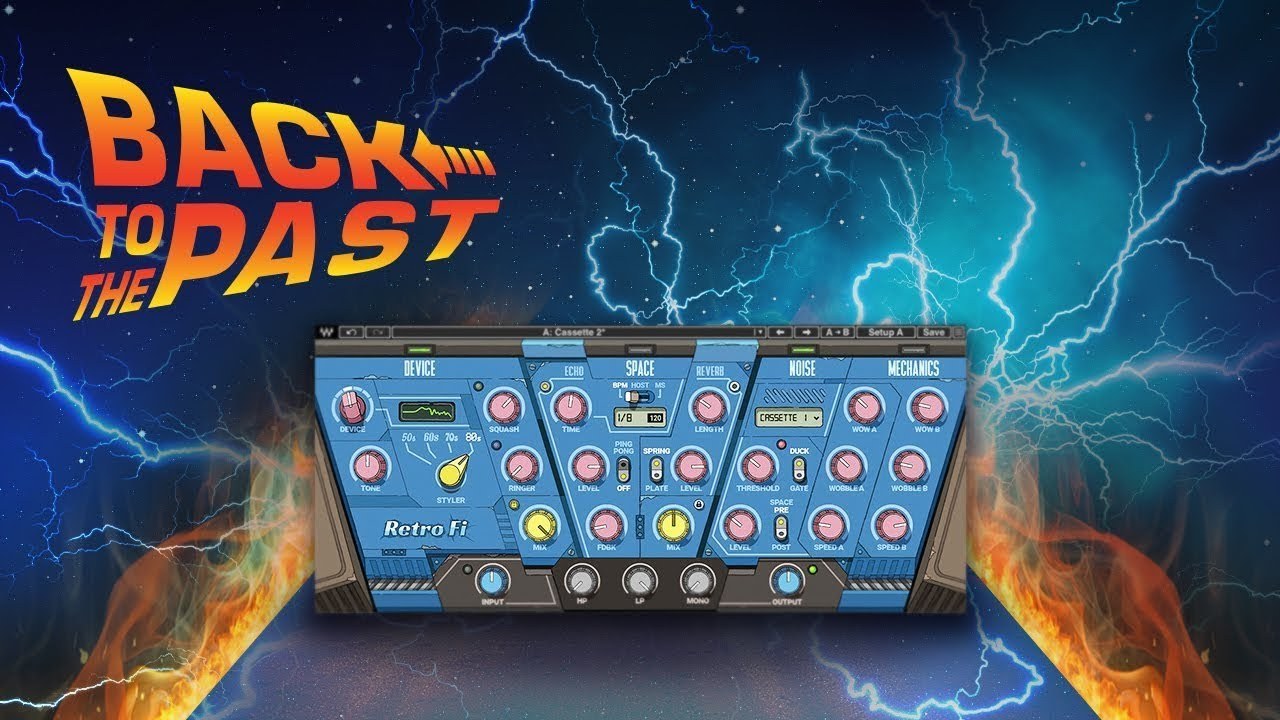Is this the new go-to choice for true analogue lo-fi sound? Waves describes its new RetroFi plugin as ‘the ultimate lo-fi FX chain’, with everything music creators need to produce authentic lo-fi textures, warm analogue sounds, and mesmerising nostalgic vibes. Headliner’s Spotlight Reviews editor investigates…
Firstly, you should know I’m a child of the ‘60s and ‘70s, and my parents were avid music listeners. From as far back as I can remember, they were far happier on the settee in front of the open fire with our Grundig Radiogram in the corner – mono and valve in those days – than they were in front of the black and white television. So I would fall asleep to the sounds of everything from the Beatles to The Ink Spots, Rachmaninoff to Mozart.
As the ‘60s became the ‘70s my father discarded the old radiogram in favour of a new fangled stereo system comprising HiFi separates and bookshelf speakers. I could now borrow the Dog of Two Head album from my Japanese Telecaster copy-wielding friend from down Stanhope Avenue and record it on cassette, so I could learn to play 12-bar like Rossi and Parfitt.






